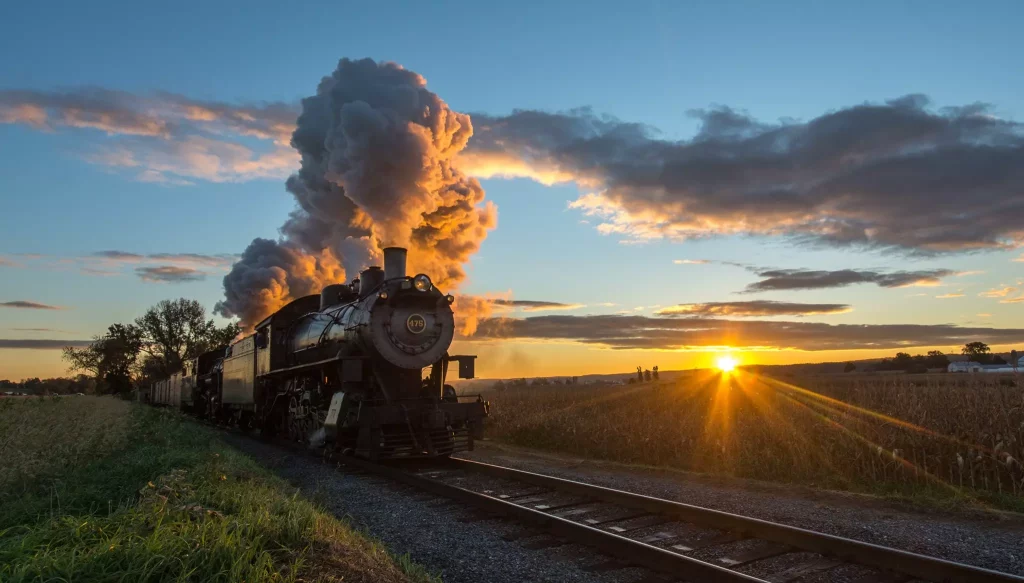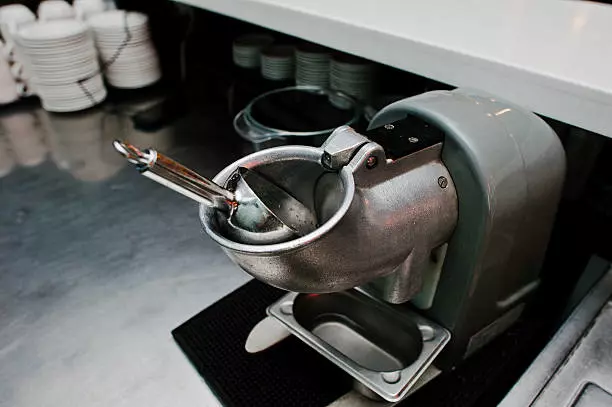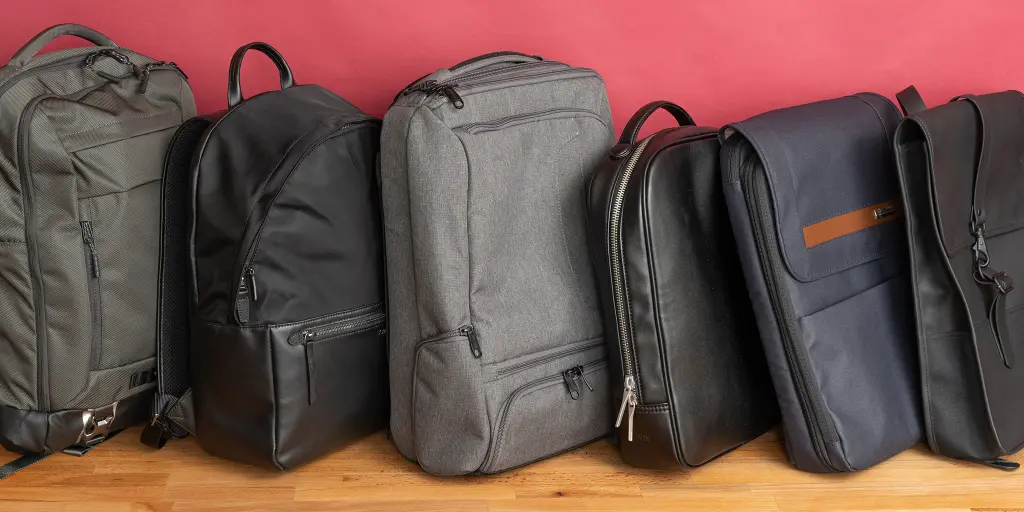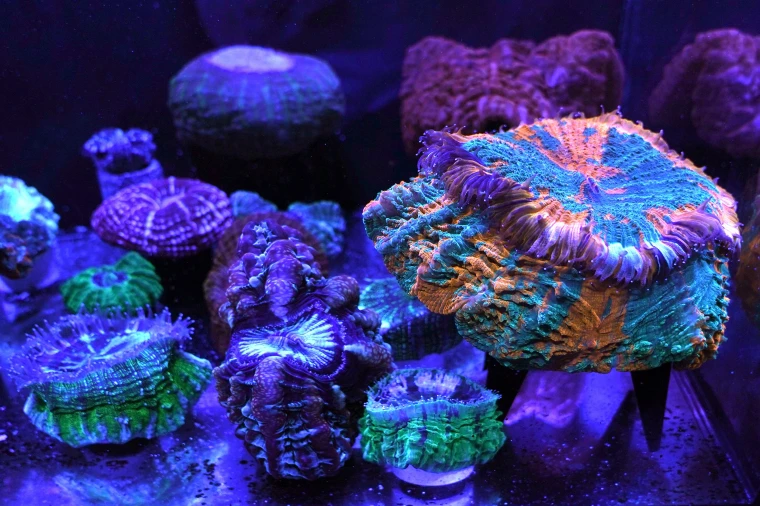Best Types Of Trains Currently In use, With Classifications :
These types of trains are modes of transportation that consist of numerous connected automobiles that go over a track. Transporting people or goods is the major function of trains. The Latin verb “trahere,” which means “to draw,” is where the term “train” originates. Two running rails are typically used for train tracks, however, extra rails may be added.
Trains come in a wide variety of styles, so you never know what you might encounter while traveling. The list below includes a few different kinds of trains.
Classifications :
Types Of Trains Classified By Design :
Types Of Trains By Area Coverage :
Miscellaneous Types Of Trains :
Types Of Trains According To Design :
Bogie construction and locomotive construction are the two basic types of trains. Bogies are still employed as a tourist attraction in several parts of the world today despite being extremely popular before the 19th century. Since it is more effective, the majority of modern train systems rely on locomotive movement.
Bogies :
Bogies are wheeled wagons or trolleys that have historically been used to move freight. Bogies are the supporting framework for the wheels that are affixed to the train.
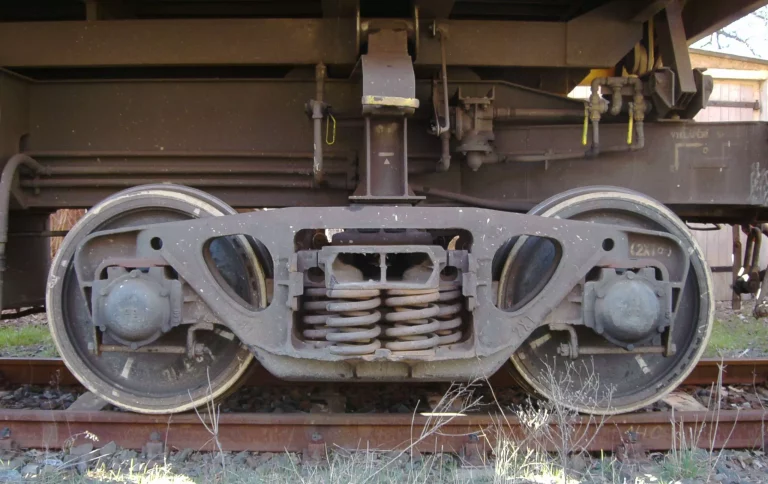
Bogie train compartments can be mounted on another locomotive or wagon or secured in place. Since two axles are the simplest design, that is how most bogies are constructed; nevertheless, the design must be modified for higher loads and freight.
Know More Here :
Locomotives :
In the past, trains were either pulled by horses and ropes or by gravity. The steam locomotive was created in the 19th century, but later electric or diesel variants took its place.
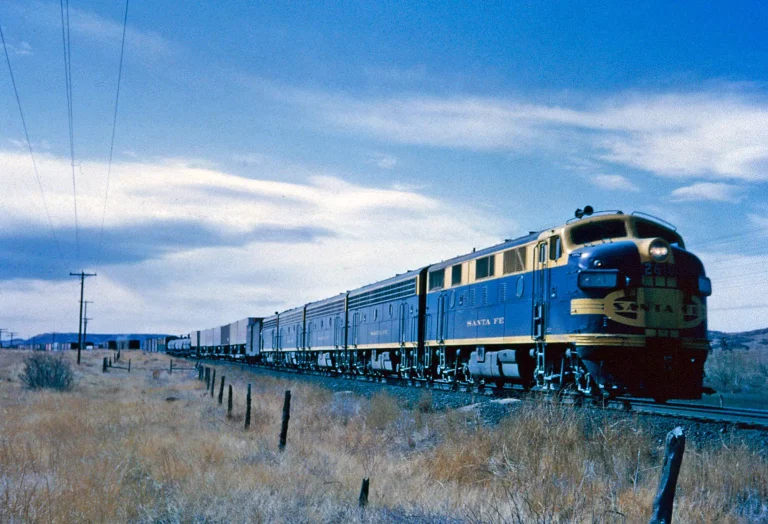
These types of trains gained popularity because they needed less manpower, but they were also more expensive and complicated. These trains quickly rose to become the most widely used mode of passenger transportation.
Know More Here :
Types Of Trains By Area Coverage :
A train’s design is mostly determined by its primary function. For instance, a train designed for short-distance travel won’t include built-in sleeping or dining accommodations. Types of trains come in a wide variety of designs and are an essential component of the global transportation network.
Passenger Trains :
In order to carry more passengers, passenger trains can be swift and frequently last for a very long time. They could have several locomotives working together or a self-powered unit. Between depots or stations, where passengers can board or exit, these trains run.

They frequently have better track occupancy rights than other trains like freight because they typically operate on a set timetable. Trains inside cities, short-distance trains, and long-distance trains are the three primary categories of passenger trains.
Know More Here :
Types Of Passenger Trains :
Long-Distance Trains :
Trains that travel over long distances are designed to connect cities or parts of a country. At times, they even pass through numerous nations. They typically have a restaurant or dining car so that travellers can have a delicious meal while travelling.
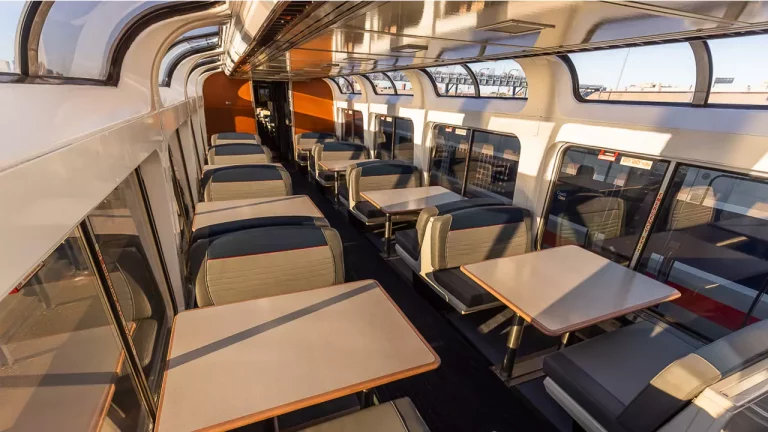
In order to allow passengers to sleep while travelling, these types of trains that run overnight also have sleeping cars. Over 500-mile trips are often reserved for air travel, however, in many nations, railways offer a convenient and affordable option for lengthy journeys. Around the world, there are numerous varieties of long-distance trains.
Know More Here :
Short-Distance Trains :
More people can ride short-distance trains because of their design. Their seating arrangements are frequently more crowded and occasionally offer space for standing transit.
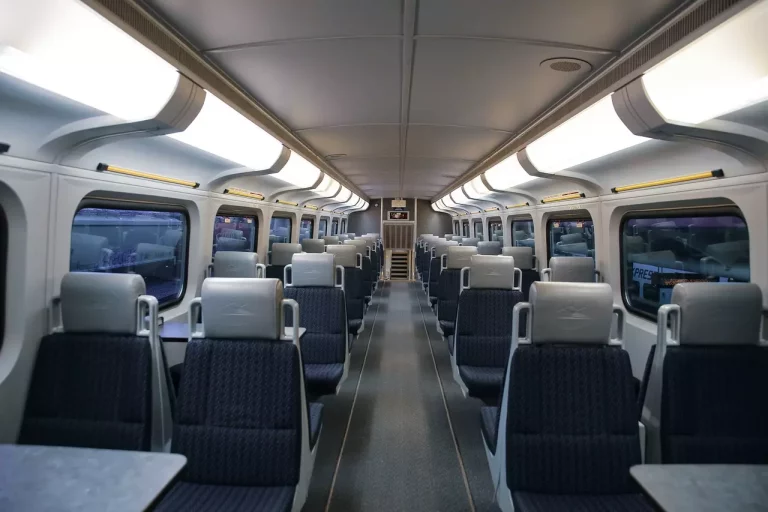
These types of trains are designed to move lots of passengers quickly across small distances. They are therefore more environmentally benign than vehicles, and they help lighten the load on the roadways.
Know More Here :
Inter-City Trains :
Long-distance trains that link major cities across a nation are typically referred to as inter-city trains. Even though they travel at highway speeds, the distances they often traverse are comparable to those of airplane flights. They might offer conveniences like dining options or sleeping cars.

International services may occasionally be offered by intercity trains. This is very common in Europe, where travel is more accessible and there are close to 50 different countries. The EuroCity and Eurostar are two prominent examples of these trains, which passengers use as a comfortable option for long-distance travel.
Know More Here :
Regional Trains :
Regional railroads link stops between cities nearby. They cover larger distances than commuter trains while making more stops over a shorter route than intercity trains. They operate outside of only urban areas and frequently link urban areas to rural portions of the nation.
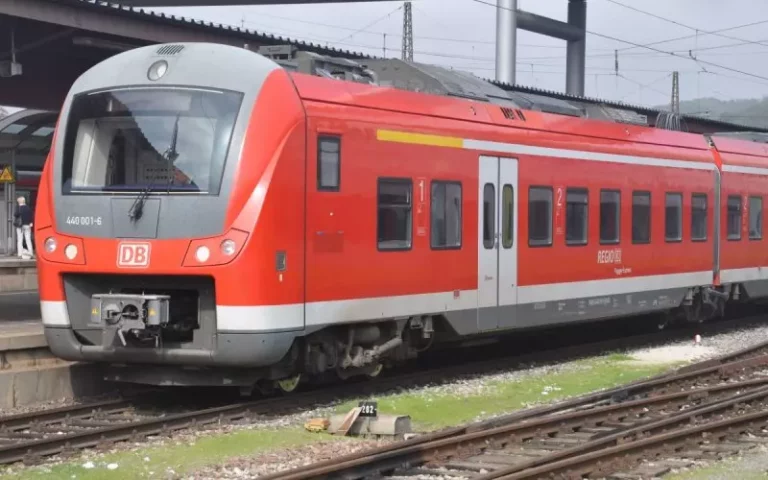
The regional train’s primary function is to transport passengers to and from their jobs. Typically, these trains run during weekday rush hours. To save money on petrol, they just go to the busiest areas. Regional railroads cover more ground with fewer stops. Regional trains in Europe often have numerous electric units, but commuter trains in the US are typically locomotive trains.
Know More Here :
Commuter Trains :
Commuter trains are a reliable form of transportation that eases the congestion on the roads. They transport passengers over less surface area and with less air pollution. There is more standing room than seats in some commuter train cars. They even make wheelchairs, bicycles, and cradles easier to use.

Cities may rely too heavily on commuter trains. Commuter trains may experience severe congestion under such circumstances. For instance, 3.5 million people use the 29 stations of the Yamanote Line in Tokyo, Japan, every day. In New York, 5.7 million people use the 472 stations that make up the subway system. For this reason, many contemporary trains have folding seats that allow for greater standing room during rush hour. Trains even have doors on both sides to reduce the amount of time required for boarding and disembarking. To handle the increasing number of passengers, double-decker trains have also gained popularity.
Know More Here :
Available Within City Trains :
Over 31 cities in the globe have a population of more than 10 million. As a result, the city needs numerous mass-transit systems. To deal with the daily commotion of cities, various types of trains are required. Cities frequently experience traffic congestion in the absence of such transportation infrastructure.
Types Of Within-City Trains :
Rapid Transit Trains :
A metro system is frequently used in big cities. Other names for these networks include tubes, subways, and underground railroads. Typically, the electricity that flows through special third rail power them.
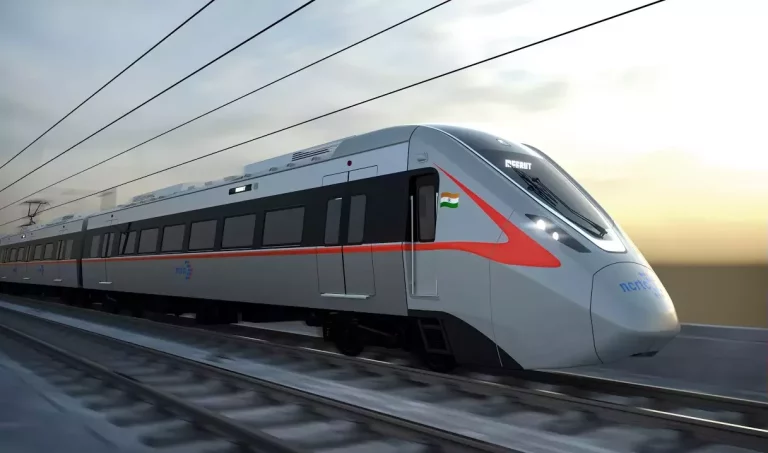
The trains are kept apart from other traffic in places like elevated overhead structures in the suburbs or underground tunnels in the city’s core. Compared to long-distance trains, which are significantly heavier, they are built to accelerate and decelerate more quickly.
Know More Here :
Light Rail :
Modern tram systems are frequently referred to as light rails, however, these types of trains typically have their own distinct routes, much like heavy-line railways. They resemble a cross between a tram and a train.
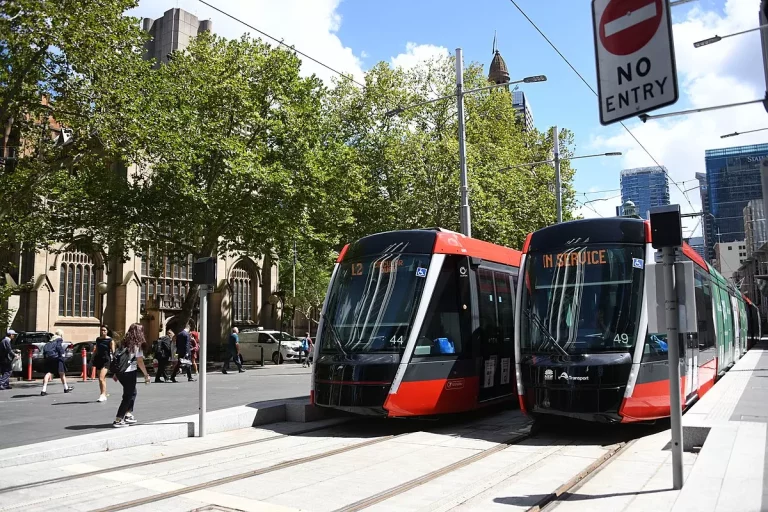
Light rails, unlike subway trains, may even feature level crossings, which are frequently secured by crossing gates. Abandoned heavy railroads are frequently converted into contemporary light rails in underdeveloped and impoverished areas to connect them to larger cities.
Know More Here :
Tram :
There is a clear legal distinction between a tramway and a railroad in the UK. Similar trains are known to as streetcars or trolleys in the United States and Canada.
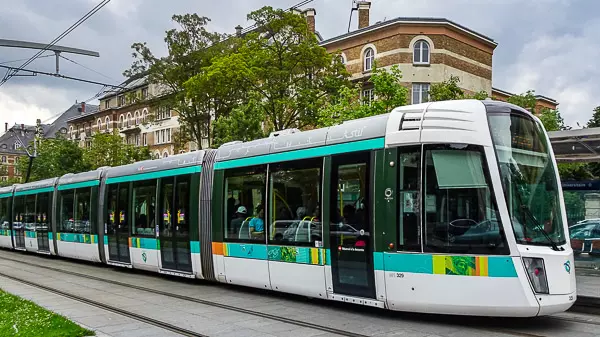
The primary distinction between a railroad and a tramway system is that trains follow a different route from public roadways, whereas trams typically run on public streets.
Know More Here :
Monorail :
Monorails are the types of trains or beam train system that has just one track. They normally travel upon elevated rail tracks and were created in order to handle the medium-traffic demands of urban areas.
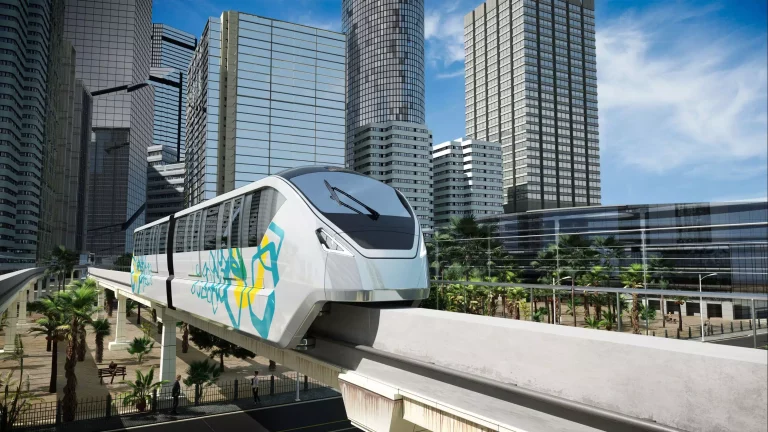
Almost all monorails have linear induction motors in their design. When Eugen Langen dubbed elevated railways systems the Eugen Langen One-railed Suspension Tramway in 1896, the word mono (one) and rail was first used.
Know More Here :
Railcar :
The railcars are one of the types of trains which is a self-propelled rail vehicle that transports people to their destinations. A single car, coach, or carriage with a driver’s compartment at each end of the vehicle is referred to as a railcar frequently.

In technical rail usage, these vehicles, which can also tow train carriages, are frequently referred to as motor cars or railmotor coaches.
Know More Here :
Automated People Mover (APM) Trains :
A small-scale guide-way transit system called the Automated People Mover (APM) is employed in places including airports, amusement parks, downtown areas, and underneath the Capitol Building. They can use a monorail, duorail, or maglev, among other technologies.
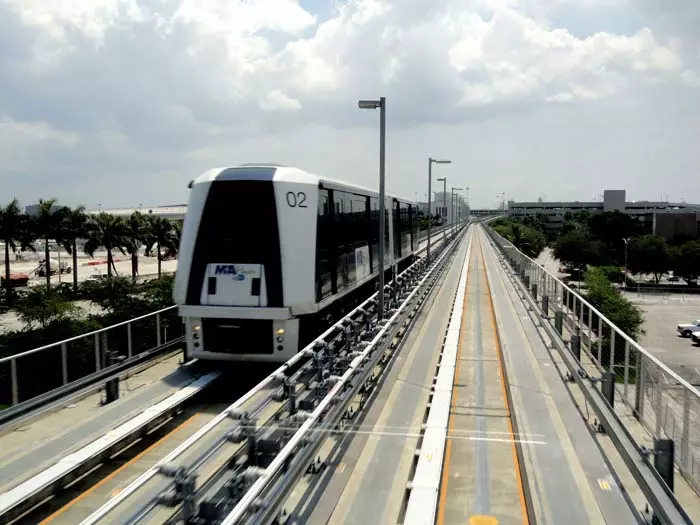
Some APMs are compact cars that operate on off-line stations to transfer people rapidly and continuously over constrained spaces. 20 to 40 persons can fit in larger vehicles.
Know More Here :
Miscellaneous Types Of Trains :
In many aspects, trains are a crucial component of the transportation system. They frequently provide the finest mass transit and support trade. Some other miscellaneous types of trains that play a major role are as follows.
High-Speed Rail :
Since it can transport passengers more quickly, the high-speed rail is designed for long-distance travel. High-speed trains often travel at speeds more than 200 km/h. Their specially constructed tracks are built to support such high speeds without posing a fire risk from friction. Time and money savings are provided by the high-speed rail.
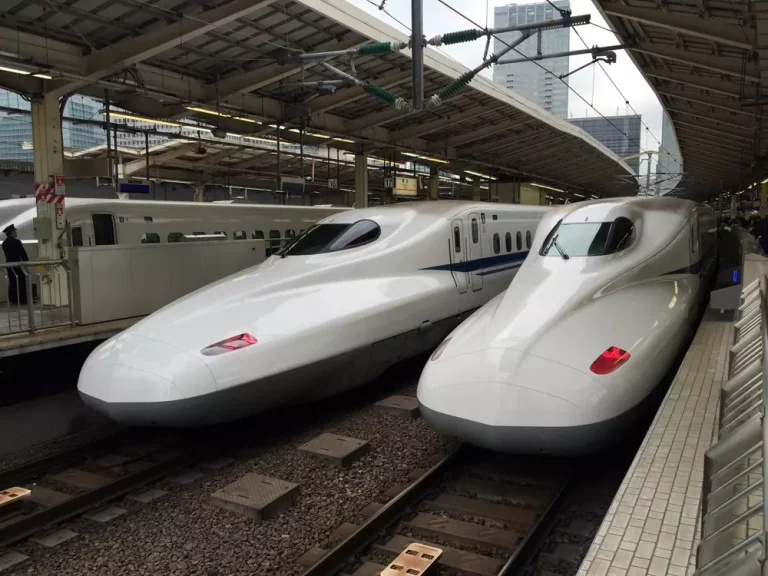
Japan’s Shinkansen high-speed rail network was the first to be a commercial success in 1964. The bullet train was the common name for this train. The Beijing-Tianjin Intercity Rail and the Wuhan-Guangzhou High-Speed Railway are now the two fastest passenger trains in the world. They have been observed travelling at 350 km/h.
Additionally, they are much less harmful to the environment than airplanes. They can transport more people while also consuming less fuel. They cut down on the amount of time it takes to board, check-in, take off, and unload at the airport.
Know More Here :
Maglev :
A word derived from “magnetic levitation” is “maglev.” It is a mode of transportation that forces the train off the track using two sets of magnets. Since there is no friction that needs to be taken into account, another magnet is utilized to propel the floating train forward at high speeds. Even if they don’t go very far, they still pose a competitive threat to fast trains and airplanes.
Trains powered by maglev technology have no actually moving parts. The train is the only component that moves, and magnets guide it along a predetermined path to regulate its speed and stability. For precisely this reason, they run more smoothly and quietly than powerful traditional trains. They can accelerate and decelerate far more quickly than regular types of trains.
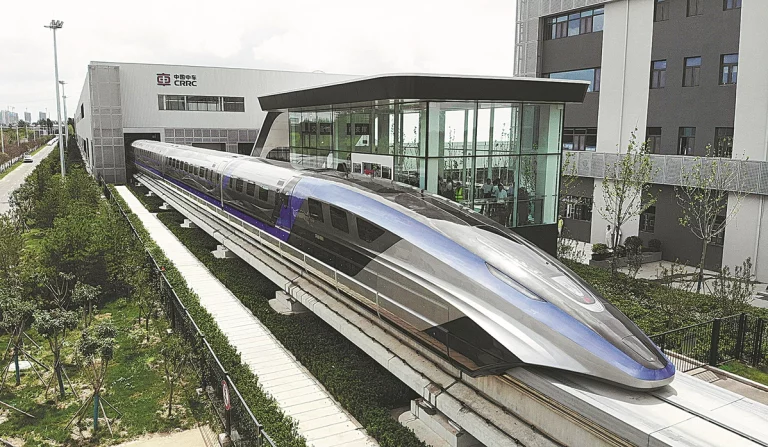
To remove drag and friction, maglev train systems demand a lot of energy, which makes them very expensive to build. Additionally, travelers are not all that safe or comfortable in them. Only three nations namely China, South Korea, and Japan, have them in use. This is because the advantages of these types of trains do not outweigh the expense and risk they present.
Know More Here :
Named Trains :
As a marketing tactic, railroad firms frequently give their name a distinctive moniker. This raises the service’s profile and may possibly draw in more customers. High-speed express trains that run between cities are typically named after the most notable trains.

The Flying Scotsman, the Deccan Queen, the Royal Scot, and the Orient Express are some of the most well-known of these types of trains; the latter has also appeared in numerous movies, notably The Murder on the Orient Express.
Know More Here :
Freight Trains :
Given that they convey materials or cargo, freight trains are also known as goods trains. They are not at all intended for passenger transport. These types of trains are crucial to the industry because they convey the majority of the world’s freight. In many nations, including the United States, the railroad system is primarily utilized to move products rather than people.
When conditions are ideal, shipping freight by train can be very cost-effective. They use less energy than traveling by car. They are not well suited for short-distance travel but can transport a lot of weight across long distances faster than vehicles.
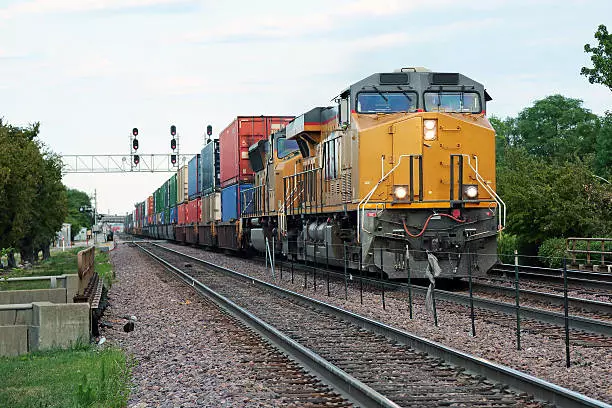
Since freight trains can only travel along one particular path because of the layout of the rails, this is their largest drawback. More remote and inaccessible regions can be reached by road.
Freight trains come in many varieties and are utilized all over the world. The intermodal train, which can have enormous containers hoisted onto and off of it using cranes, is the most typical type of freight rail in use today. This shortens the time needed to load and unload the train, making it a more practical choice. Additionally, it promotes accountability and secures the materials.
